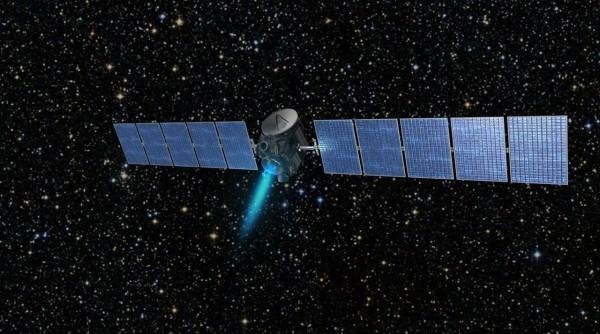NASA's Dawn Spacecraft Makes History As Ceres Nears
NASA's Dawn spacecraft has emerged safely from the opposite side of the sun and is just months away from reaching Ceres, the distant and mysterious dwarf planet next on the list for its multi-year space survey. Dawn – which checks off on several factors more commonly associated with science fiction tropes, like ion drives and distant space exploration – launched back in 2007, and Ceres is in fact its second stop since then. Previously, the probe spent more than a year orbiting a protoplanet named Vesta, but scientists manning the project are if anything even more eager to see what it makes of Ceres.
That's because, while astronomers already had some understanding of Vesta's history, Ceres is a comparative mystery.
"Ceres, unlike Vesta, has no meteorites linked to it to help reveal its secrets," Dawn mission principal investigator Christopher Russell said of the latest phase of Dawn's mission. "All we can predict with confidence is that we will be surprised."
For instance, Ceres is believed to be newer than Vesta, but have a comparatively cooler interior. That could include an ocean trapped underneath a crust of ice.
Located in-between Mars and Jupiter, Ceres is 590 miles wide on average. Dawn is closing on it at a speed of around 450 mph, and is expected to arrive in orbit on March 6, 2015, having taken a little more than two months to travel the remaining 400,000 miles.

While the results at Ceres are likely to be vital for understanding how planetary bodies form and evolve, the path Dawn has taken to reach the dwarf planet is no less intriguing.
For the lengthy mission, NASA and the JPL turned to ion drive technology. Rather than carry huge quantities of traditional rocket fuel, Dawn pushes itself through space by throwing out electrically charged particles of xenon gas.
It's the longest and most effective real-world implementation of an ion drive to-date.
Although orbit won't be achieved until March, NASA is already rubbing its hands with glee at the thought of new, high-resolution imagery of Ceres that will be gathered as Dawn approaches. That should start filtering back to Earth at the end of January.
SOURCE NASA
